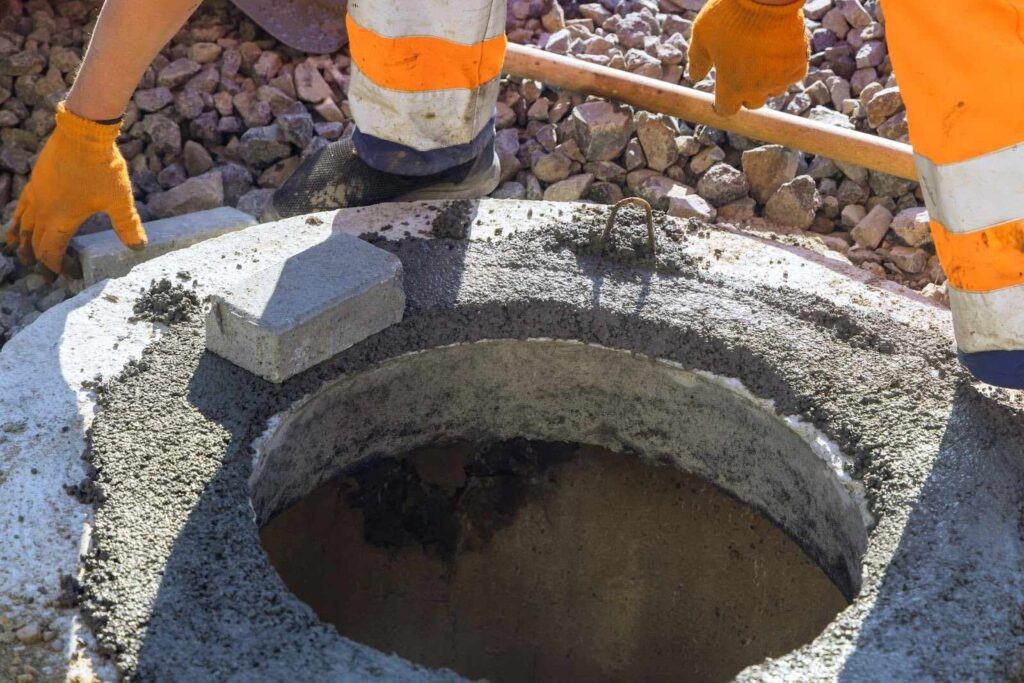If you live in a rural part of Washington state, chances are your home is connected to a septic system. While septic tanks can be reliable, they also require regular maintenance, are prone to failure over time, and may not meet new county or city requirements as development expands.
That’s why many homeowners are choosing to transition from septic to sewer. Whether you’re preparing for future property development, aiming to protect the environment, or just tired of pumping your tank, sewer connection offers a long-term, hassle-free solution.
Here’s a comprehensive guide to help Washington property owners understand what’s involved in a reliable septic to sewer conversion-from planning to permitting to installation.
Why Convert to Sewer?
Switching to a municipal sewer system can benefit homeowners in multiple ways:
- Long-Term Cost Savings: Eliminate the need for regular pumping, repairs, and drain field maintenance.
- Higher Property Value: Sewer-connected homes are more appealing to buyers and often sell for more.
- Environmental Protection: Prevent leaks and groundwater contamination from aging or overused septic systems.
- Compliance with Local Codes: As urban expansion reaches rural areas, new subdivisions or annexation may require a sewer hookup.
Washington’s Department of Health has reported increasing septic failures near water sources and populated areas, leading to more regulatory pressure and homeowner incentives for sewer conversion.
Step-by-Step: How Septic to Sewer Conversion Works in WA
1. Contact Local Authorities
The first step is to check with your local city or county sewer utility to confirm if your property is eligible to connect to the public sewer. In some cases, sewer lines are already nearby. In others, extension may be required.
2. Hire a Licensed Contractor
Choose a contractor experienced in septic abandonment and sewer installation, particularly one familiar with Washington’s unique permitting and soil conditions. They’ll assess your site and provide a clear scope of work and estimate.
3. Obtain Permits
Your contractor will help secure the necessary permits. These may include:
- Sewer connection permit
- Septic tank abandonment permit
- Road or sidewalk excavation permits (if applicable)
- Plumbing inspection approval
Permit timelines vary by county, but a knowledgeable team can help fast-track the process.
4. Disconnect and Abandon Septic System
Before installation begins, your old septic tank must be safely decommissioned. This involves:
- Pumping out remaining waste
- Crushing or filling the tank with gravel or concrete
- Disconnecting all existing lines
5. Trench and Connect Sewer Line
Next, your contractor will dig a trench (or use trenchless methods when possible) from your home to the main sewer line. They’ll install new piping and ensure it meets all slope, depth, and material standards.
6. Inspection and Final Hookup
Before backfilling, city inspectors will verify that the work meets code. After approval, the new sewer line is connected, and your home officially switches from septic to sewer.
7. Site Restoration
Finally, the area is restored-trenches are filled, landscaping is repaired, and walkways or driveways are patched as needed.
How Much Does It Cost?
In Washington, the cost of septic to sewer conversion typically ranges from $7,000 to $25,000, depending on:
- Distance from the main sewer line
- Excavation difficulty (slopes, trees, driveways)
- Local permit and hookup fees
- Whether trenchless technology is used
Some municipalities offer rebates or low-interest financing, especially in environmentally sensitive areas or where public sewer access has been newly expanded.
To get an accurate estimate, consult trusted sewer experts who understand both rural septic issues and city sewer systems in Washington.
Final Thoughts
Converting from septic to sewer is a major home improvement-but one that pays off in convenience, safety, and future property value. By understanding the process and working with experienced professionals, you can make a smooth, stress-free transition that benefits your family and the environment.
If you’re in rural WA and considering making the switch, don’t wait until your septic system fails. Start planning now, and enjoy the peace of mind that comes with reliable, modern infrastructure beneath your feet.

